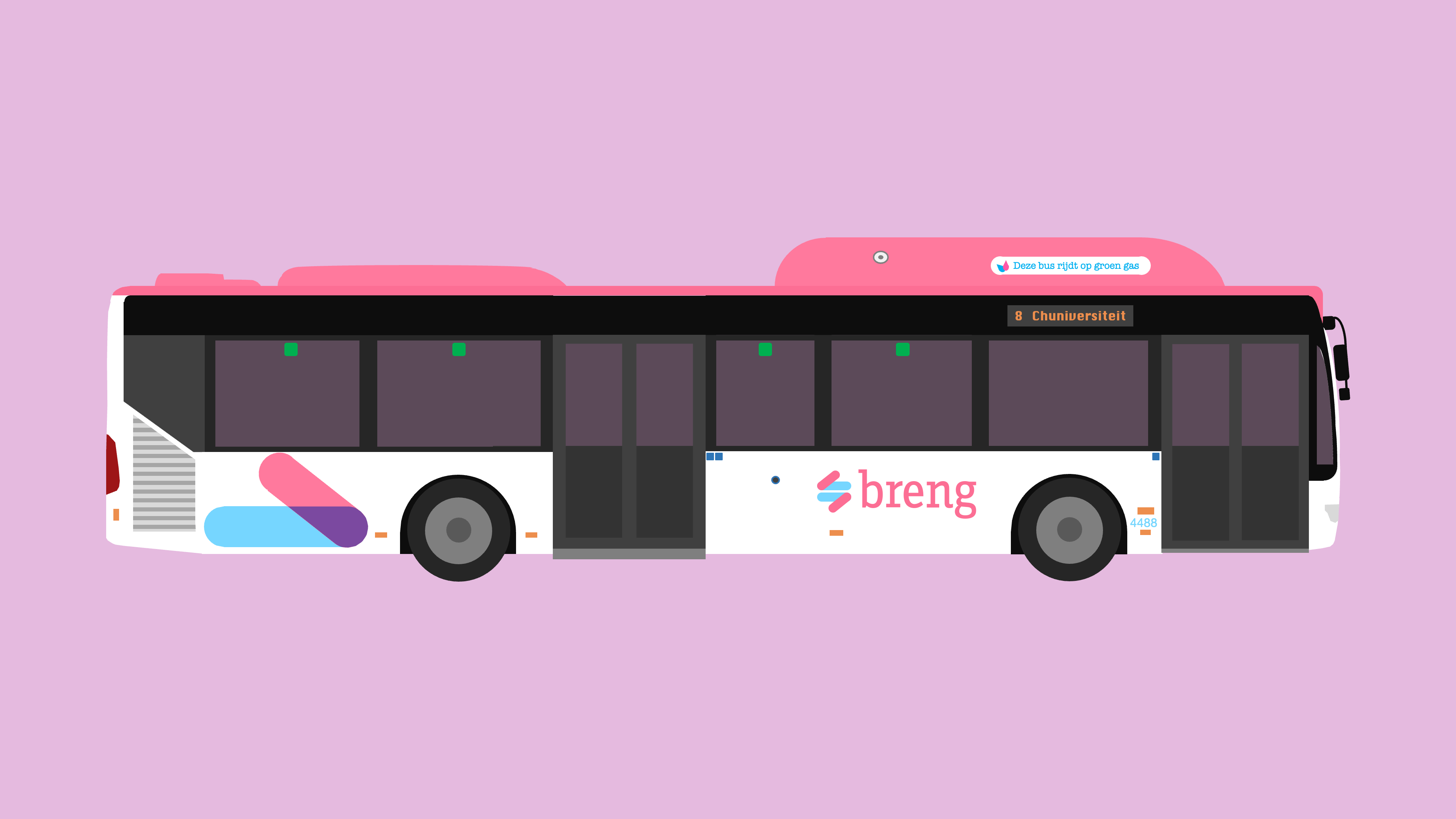
Random internet finds: public transport
Browsing, like public transport, takes you from somewhere you’re not to somewhere you don’t need to be – but it does bring you places.



Browsing, like public transport, takes you from somewhere you’re not to somewhere you don’t need to be – but it does bring you places.
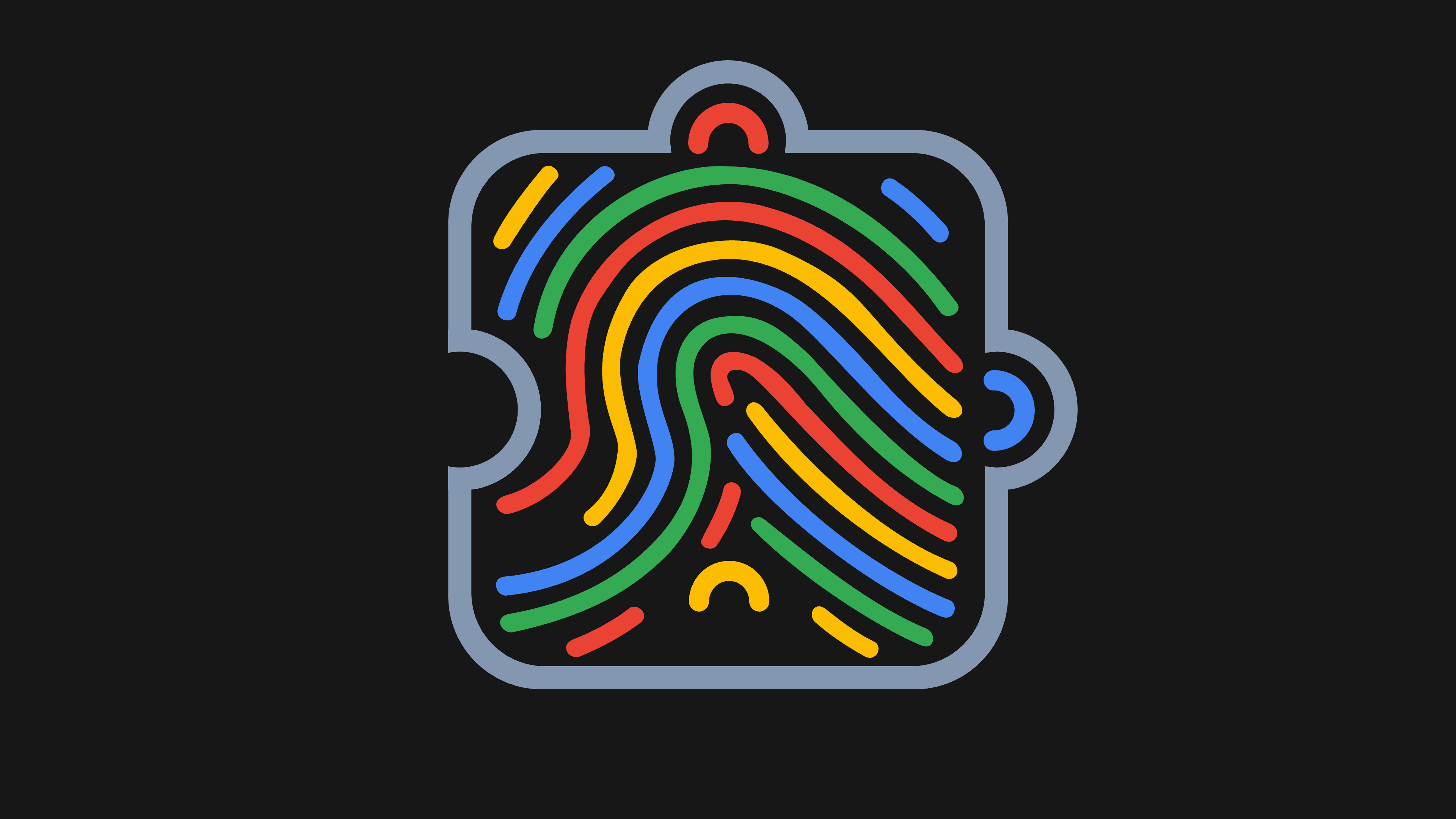
Installing browser extensions can be bad for your privacy, even if they were made in good faith.
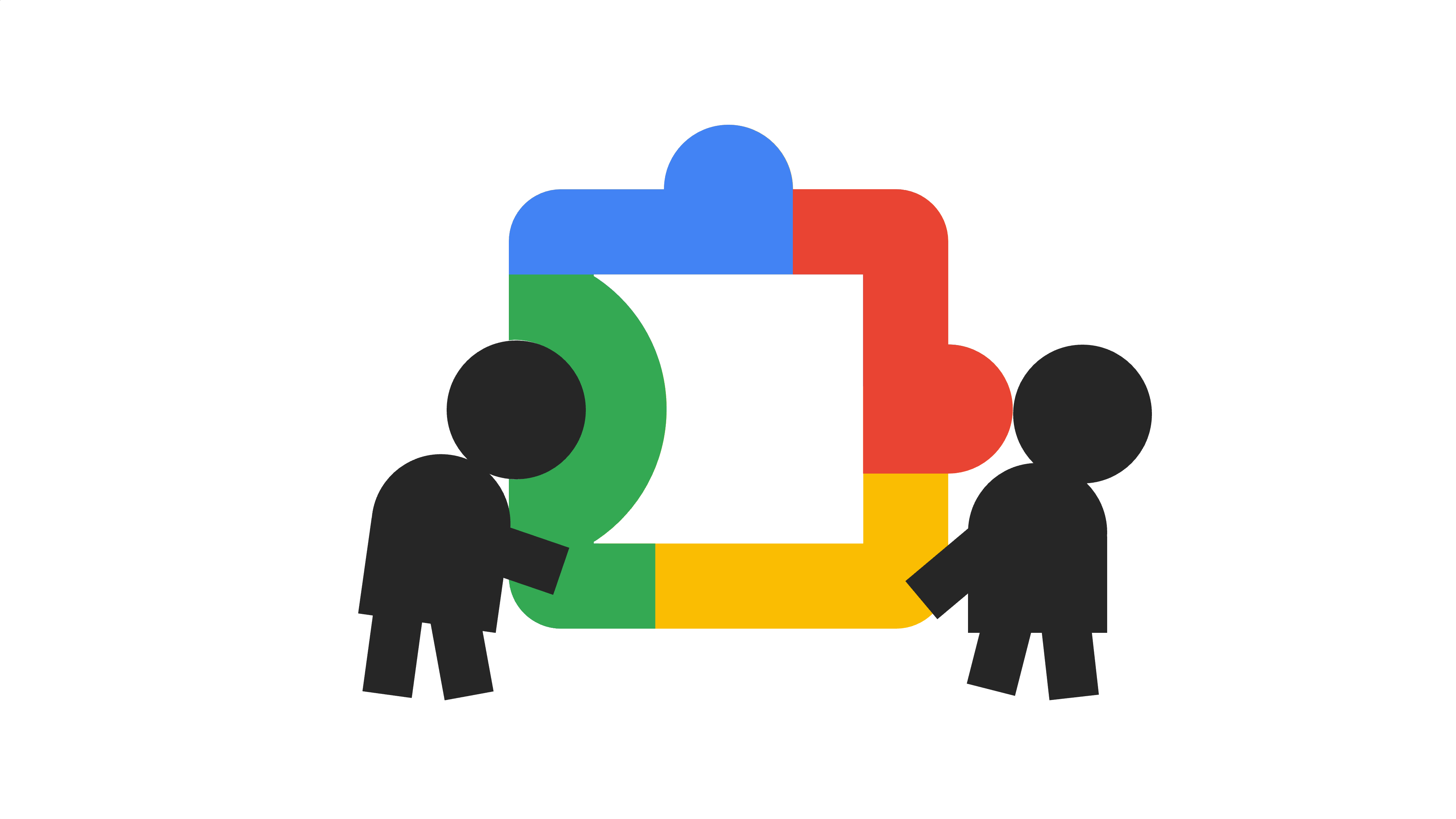
You probably wouldn’t build a modern web application without a framework, so why use vanilla JavaScript for your browser extension?

Everyone knows that the cost of fixing a bug grows exponentially as it progresses through development phases. But is that actually true?

Evolving microservice APIs requires a lot of work, both from the providing and the consuming side.

For my first robotics project, I needed to find a way for students in Germany to control a robotic arm in the Netherlands using ROS.

Have you ever accidentally committed a secret to a Git repository? It’s a simple mistake that can be hard to fix, but it’s also easy to prevent.
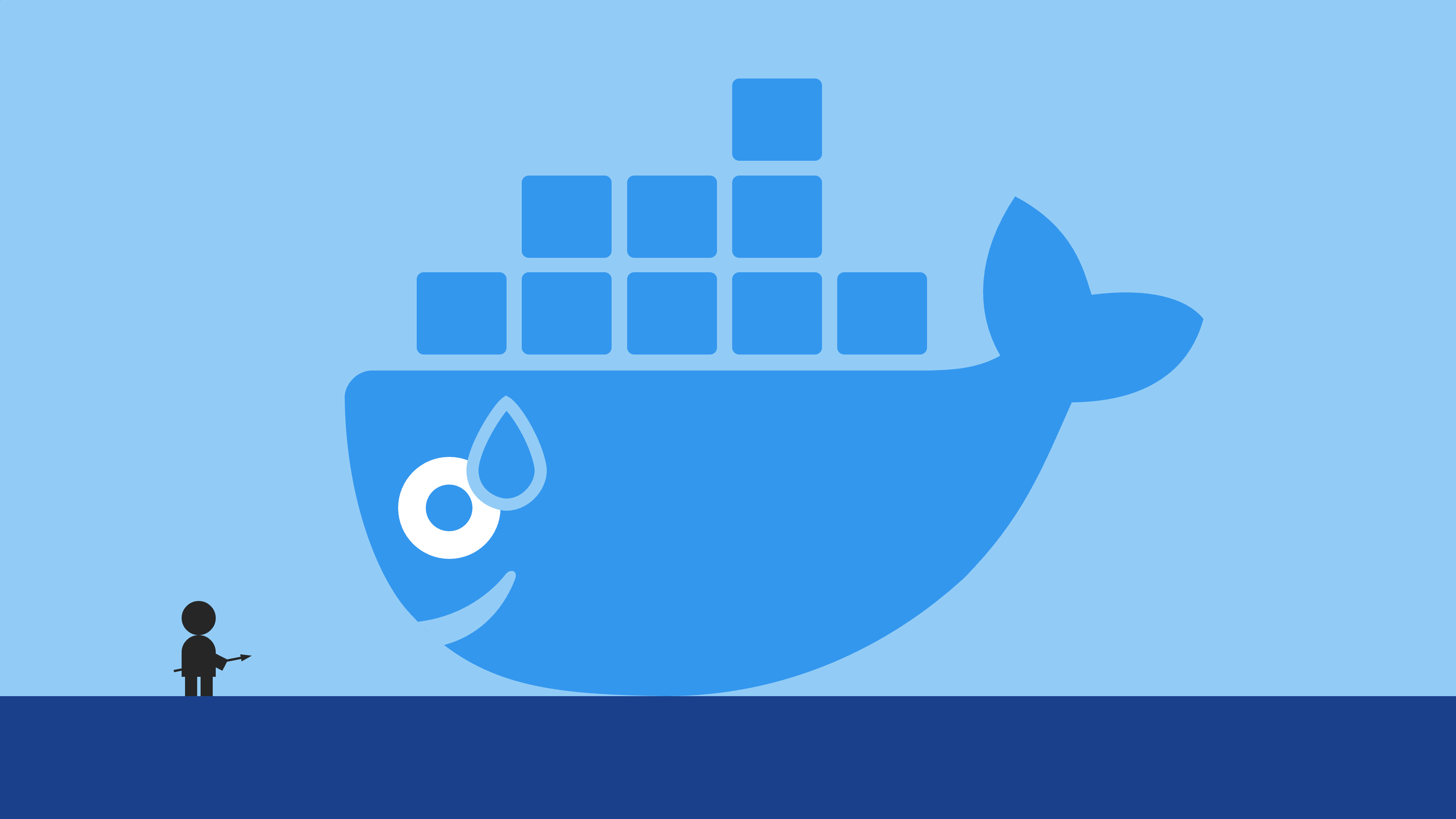
It’s easy to write Dockerfiles that work, but also to write Dockerfiles that suck. Here are some tips and tricks for writing better Dockerfiles.
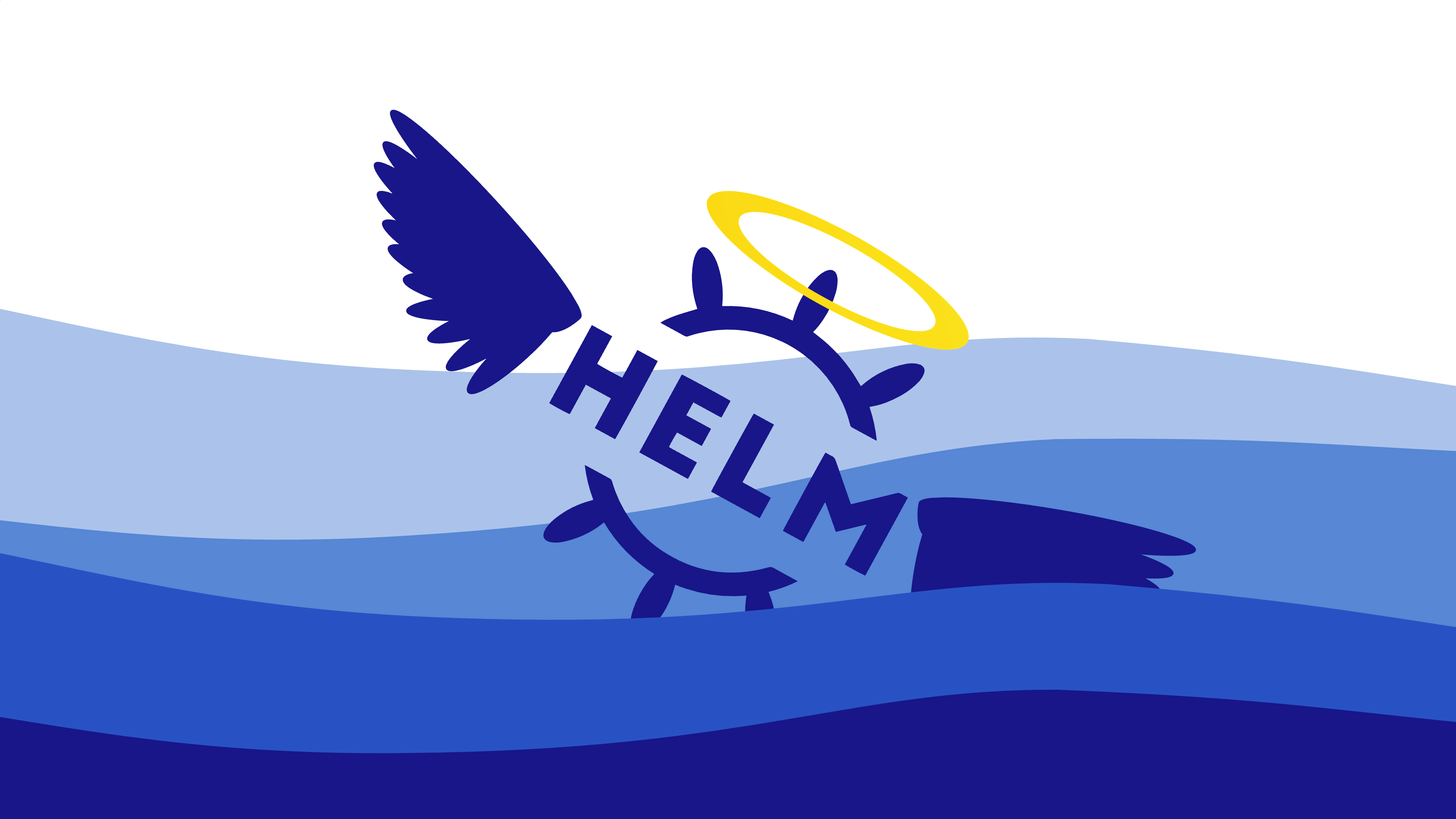
Helm charts are re-usable packages for Kubernetes resources. They are easy to share and use, but this comes at a price.

I bought myself a replica of LEGO’s 2016 Brick Bank from a Chinese copycat brand and it went about as well as expected.

Fonts in macOS look different from text that’s been rendered in Windows, mostly due to different philosophies about font rendering.
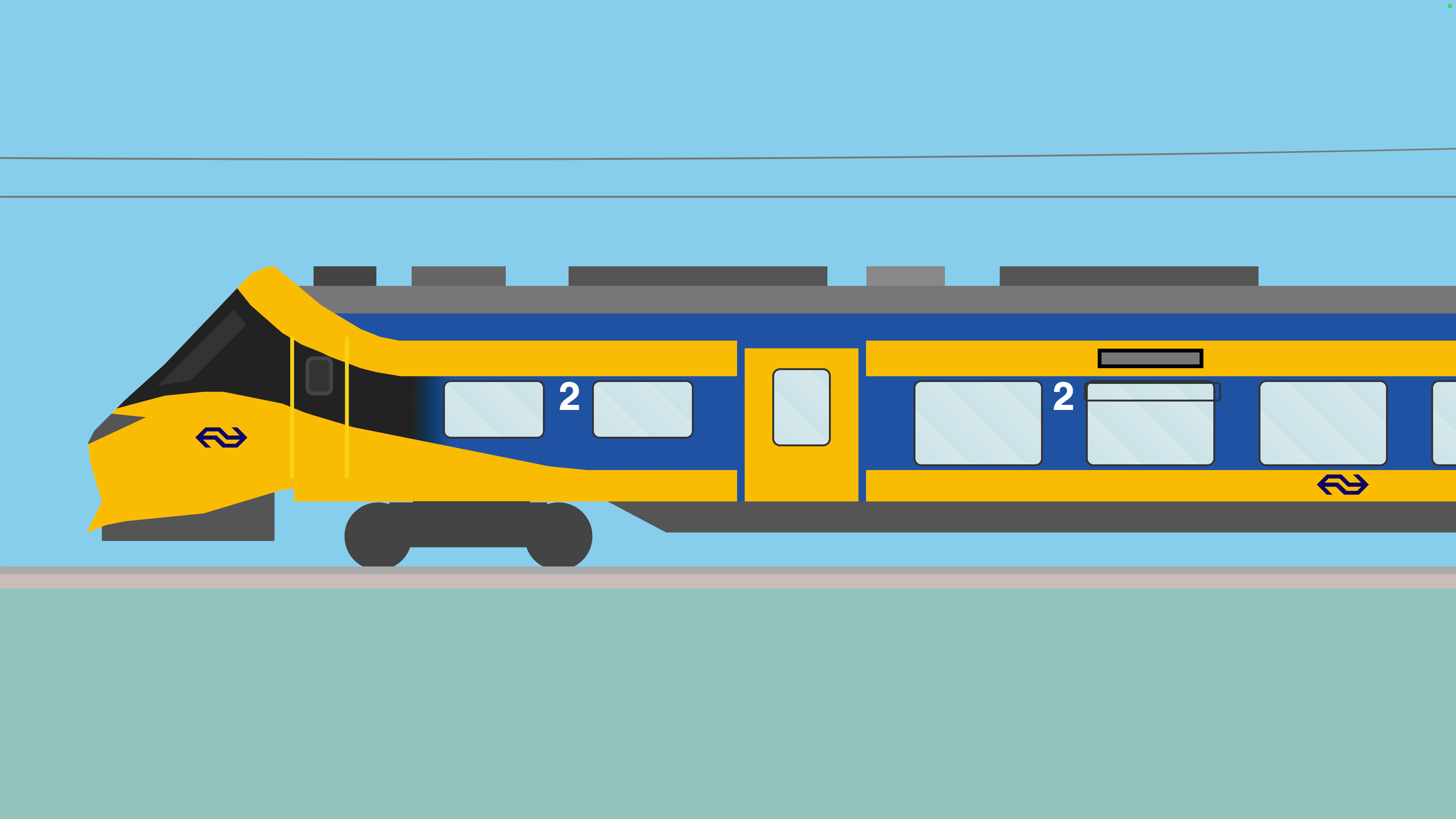
Spamming trains on Slack is likely to make some co-workers very happy and others very annoyed.
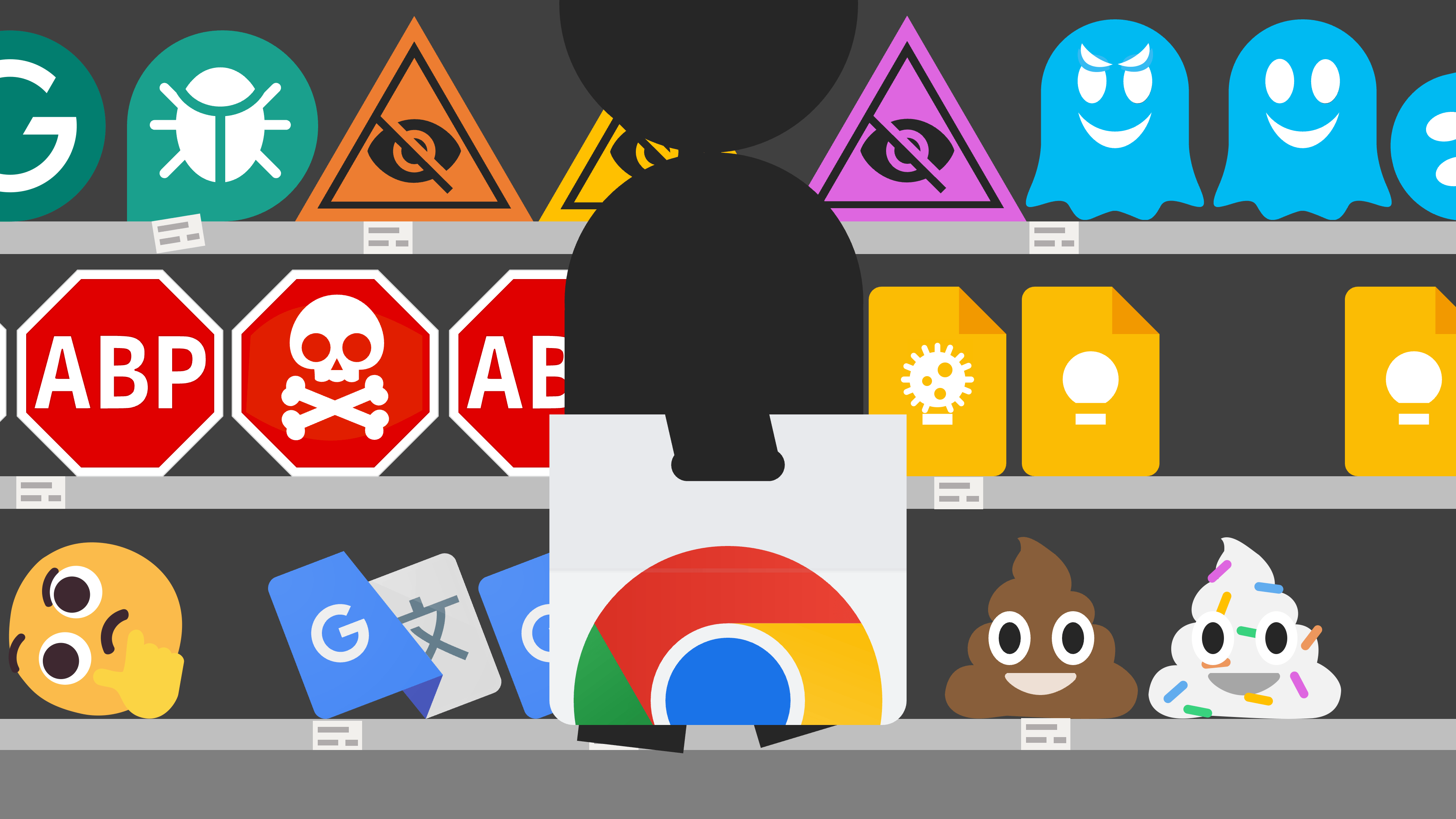
This paper provides an analysis of browser extensions in the Chrome Web Store based on historical data and their source code.
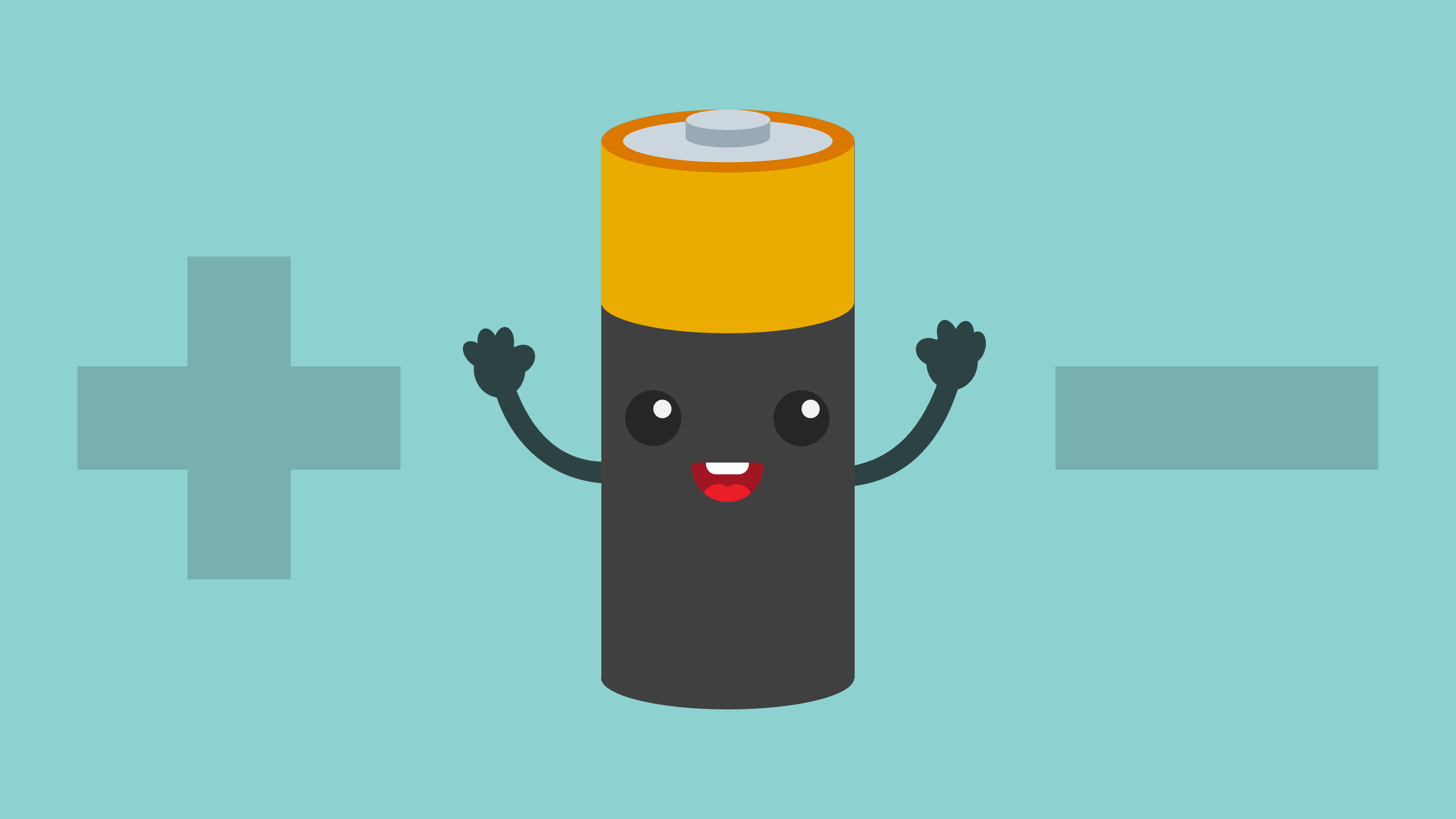
Applying these design patterns in your code may (or may not) make your web applications more energy-efficient.

Alternative media platforms and their communities use visual disinformation in a variety of ways.
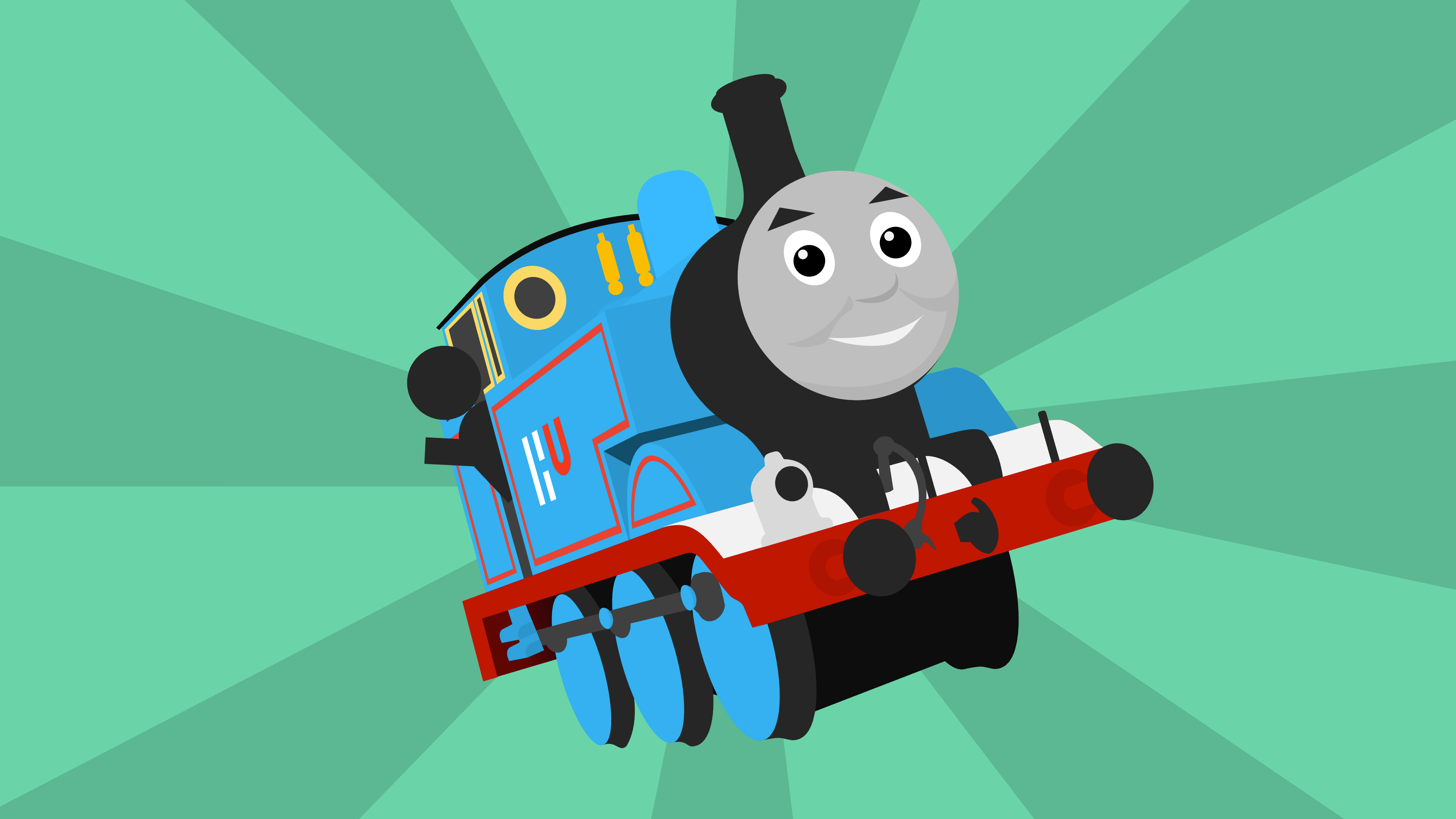
 Ik ben begonnen aan een nieuwe baan (zonder mijn oude op te zeggen)
Ik ben begonnen aan een nieuwe baan (zonder mijn oude op te zeggen)Sinds vorig jaar heb ik twee werkgevers. Niet omdat het moest, maar omdat het kon. Wat heb ik ervan geleerd en is het de moeite waard?

 Veelgemaakte Nederlandse spelfouten (die je spellingscontrole niet doorheeft)
Veelgemaakte Nederlandse spelfouten (die je spellingscontrole niet doorheeft)Een spelfoutje is snel gemaakt, maar de regels maken het ook niet altijd even eenvoudig om het goed te doen. Daarom hier een paar tips.
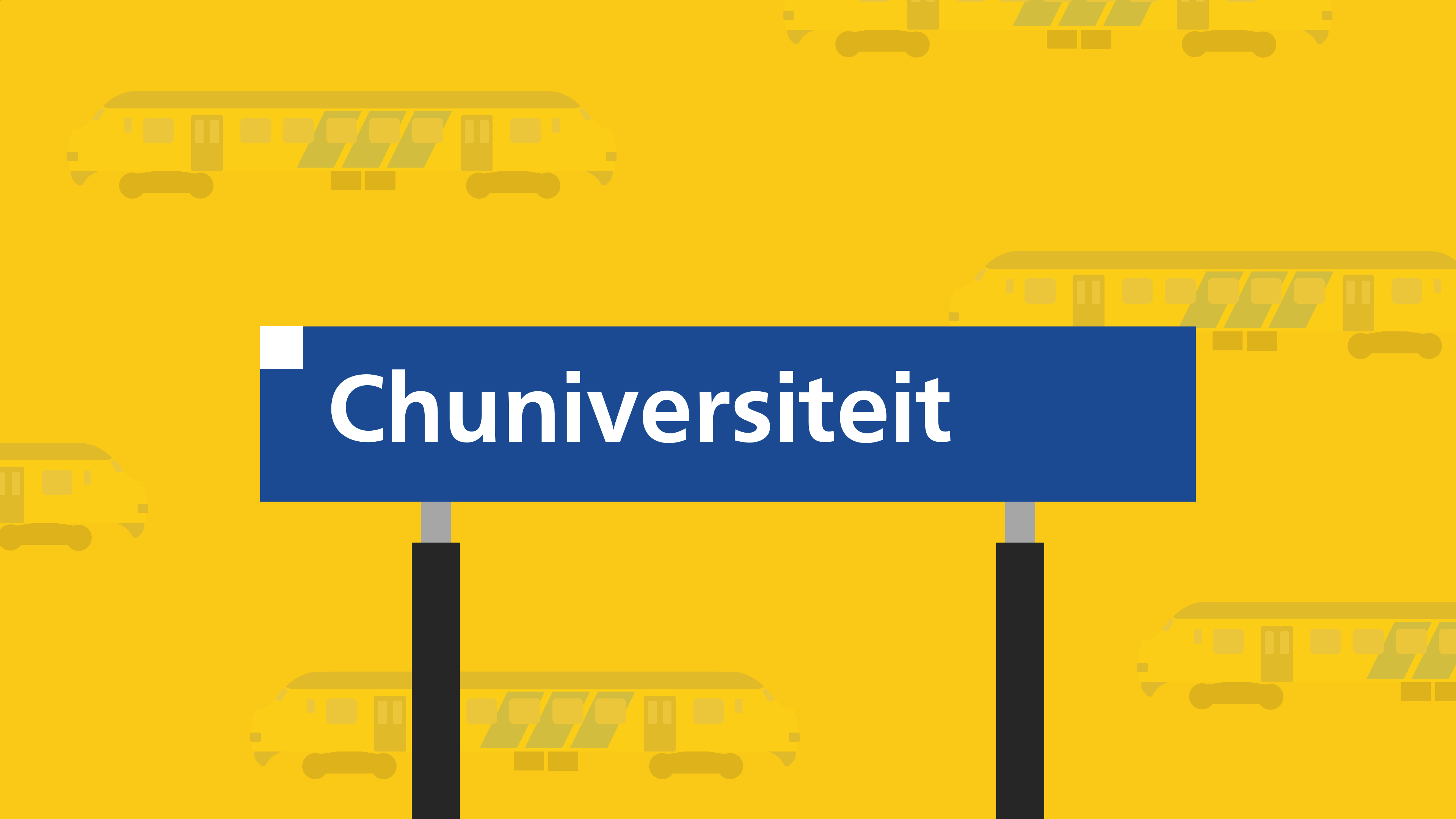
 Nutteloze feitjes over Nederlandse treinstations
Nutteloze feitjes over Nederlandse treinstationsDat Utrecht Centraal druk is weten we allemaal wel. Gelukkig zijn er genoeg andere domme feitjes waarmee je mensen kunt lastigvallen.
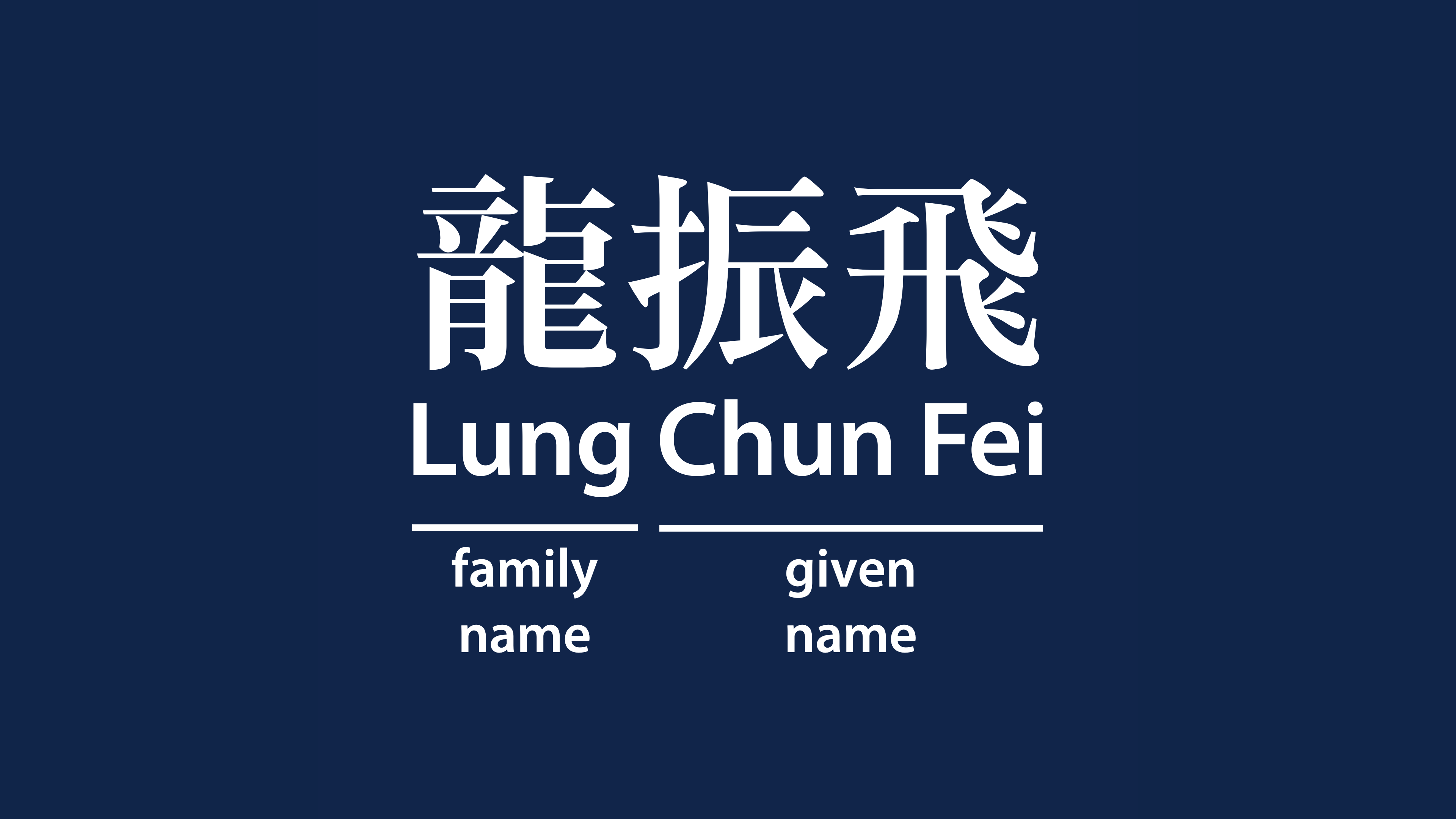
Chinese names are easier than you think, but at the same time they are also more complicated than you think.

China is one of the world’s most populous countries, which means it also has some of the largest cities on the planet.
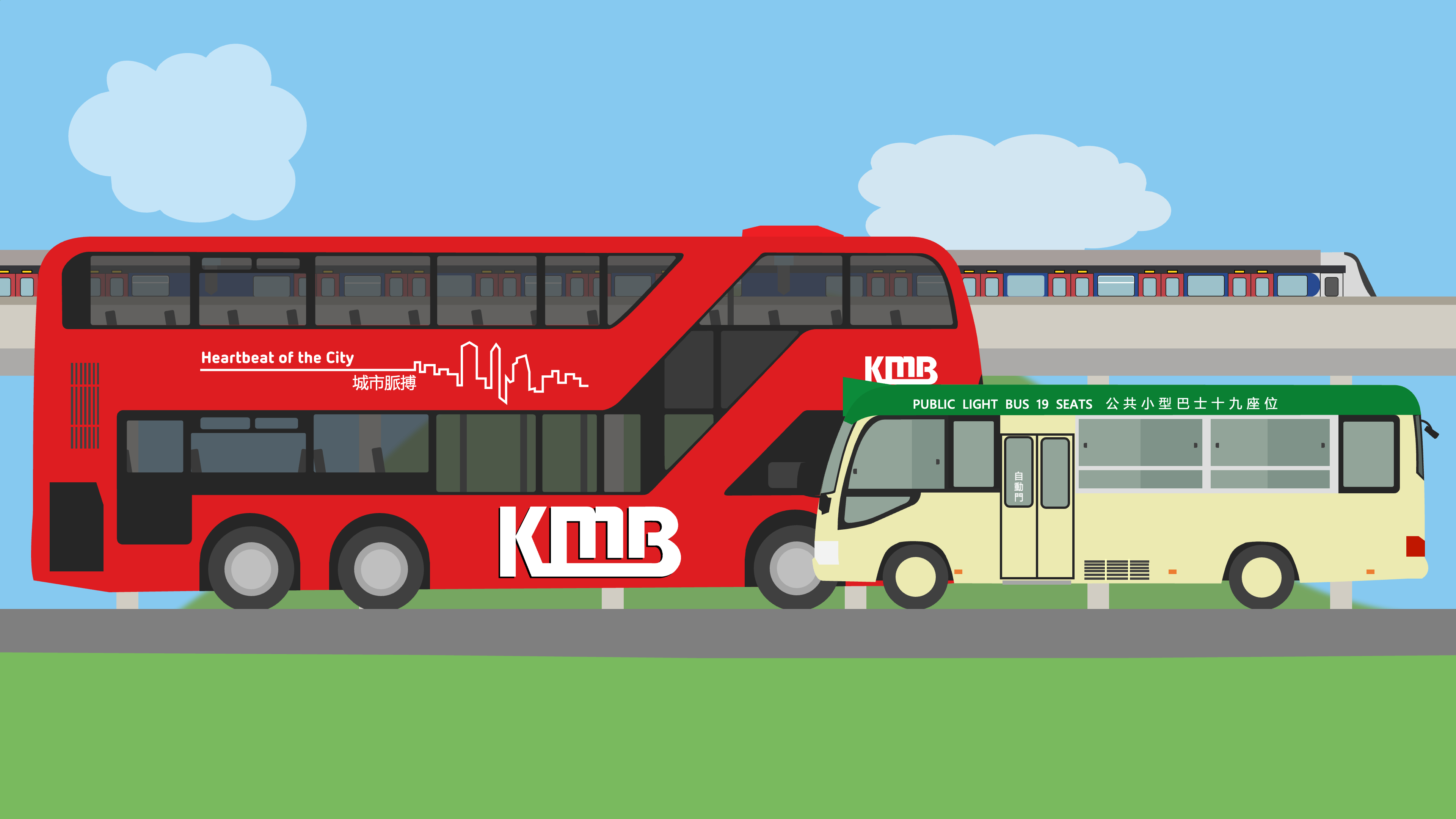
Depending on where you’re from, public transport in Hong Kong either offers a glimpse of the future or is stuck in the past.

Oblivion Remaster is the same janky game as the 2006 original, but with a fresh coat of paint and some welcome gameplay improvements.
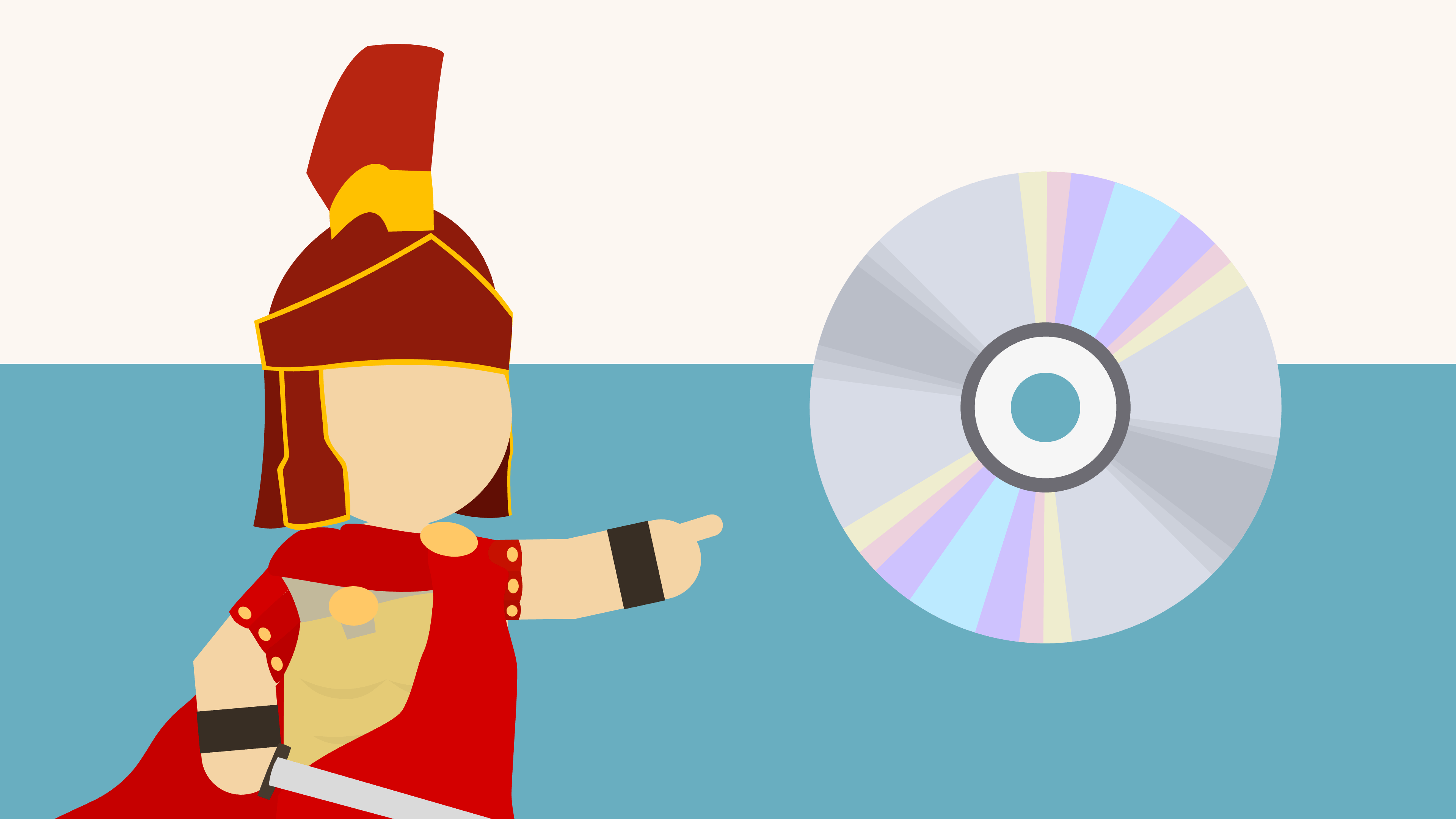
Caesar III remains the same game it was three decades ago, but the world — and its expectations — have changed.
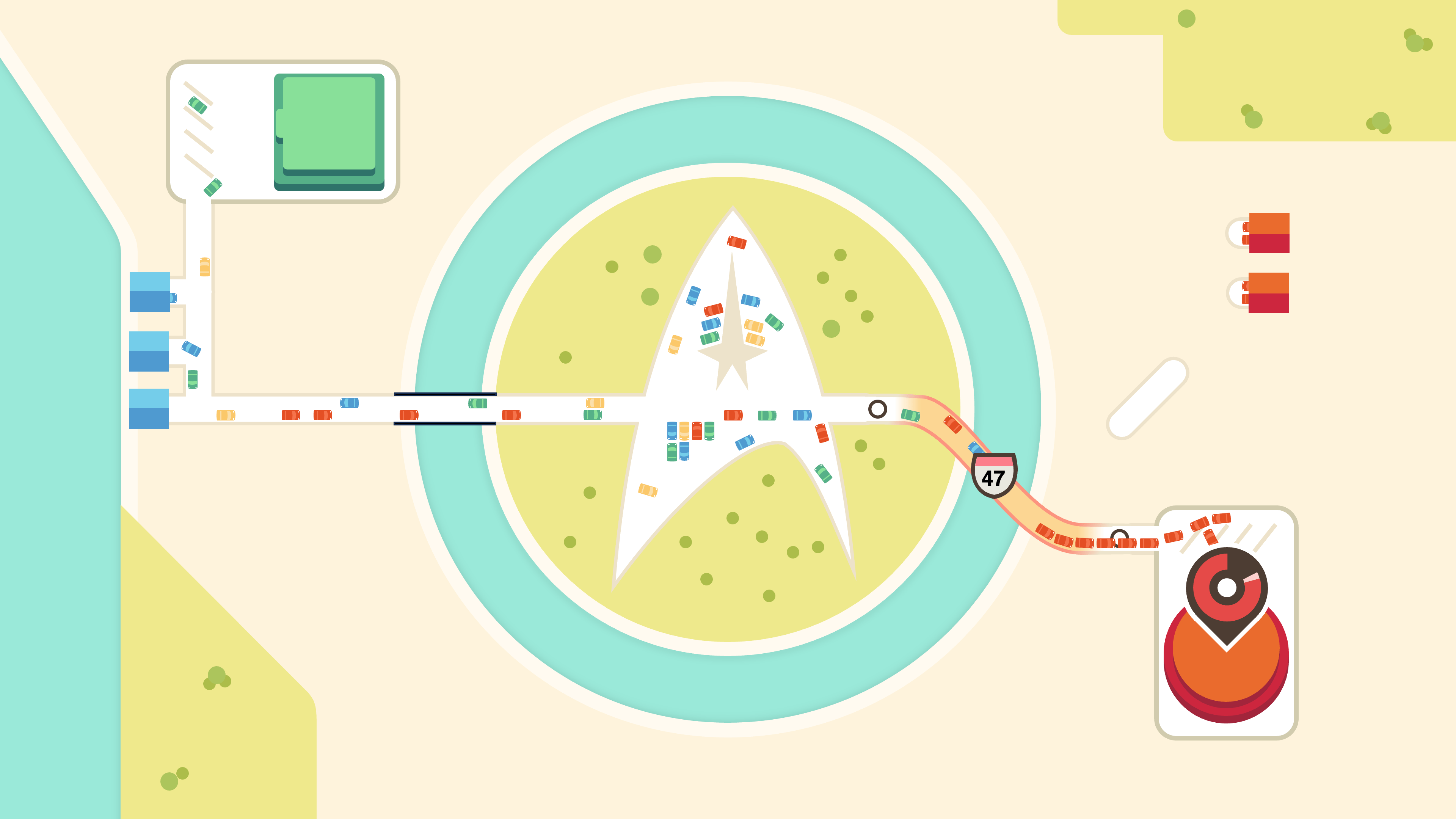
Mini Metro’s spiritual successor may be better-looking, but is it also a better game?
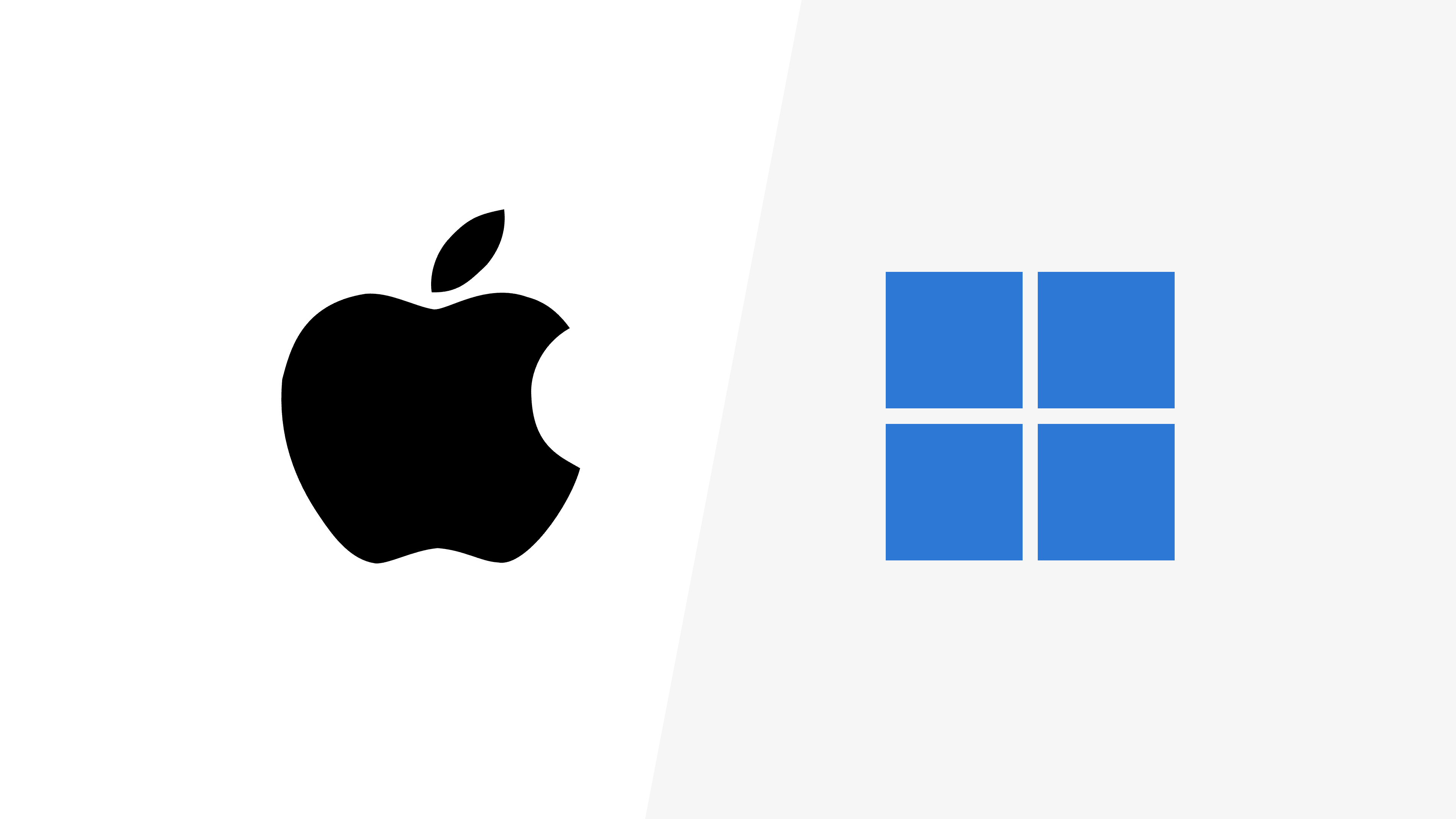
There is no right answer to that question, but having used both for quite some years, I can share what I like and dislike about each.
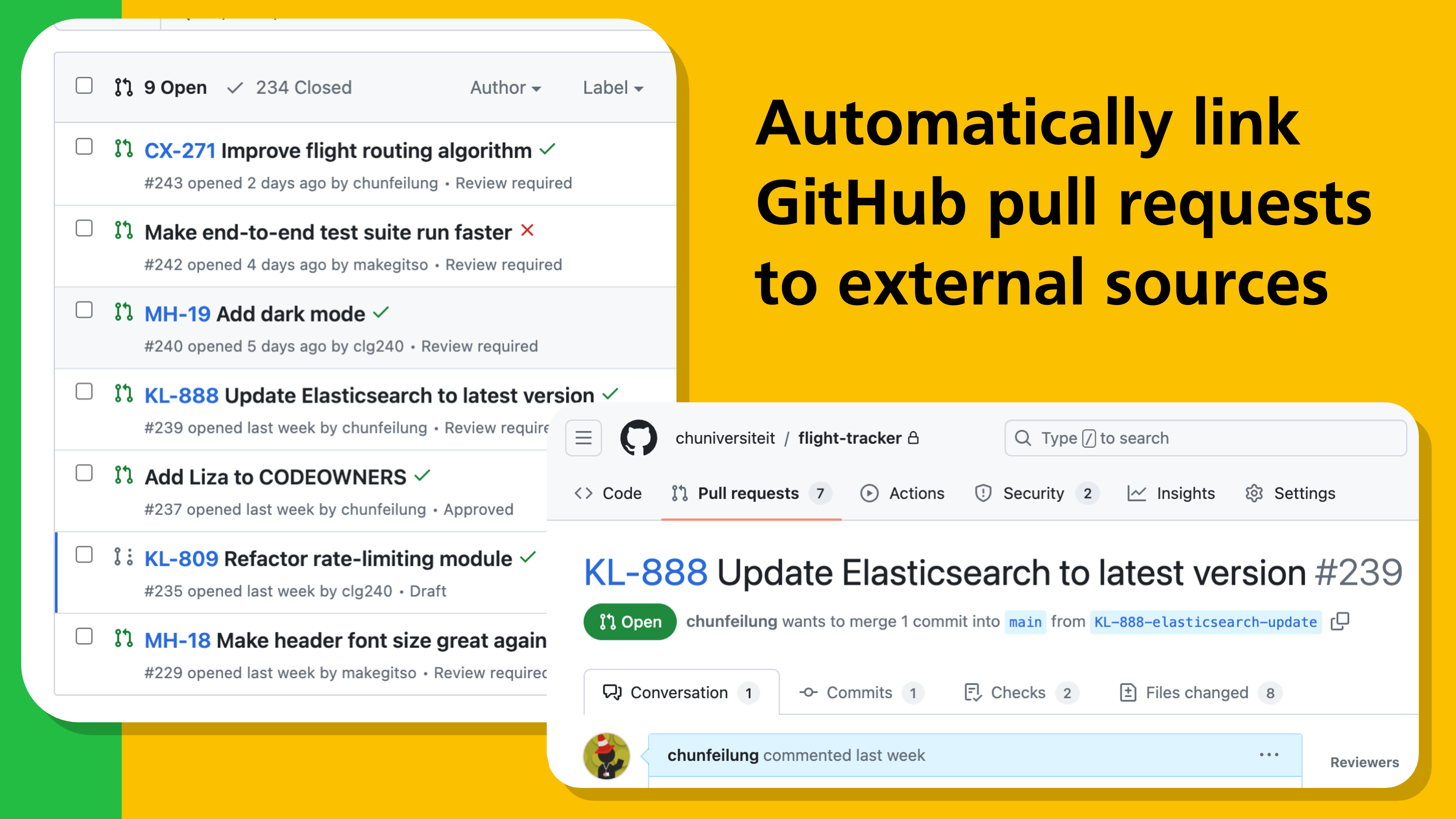
Alright is a browser extension that automatically turns JIRA (and other) references in GitHub pull request titles into hyperlinks.
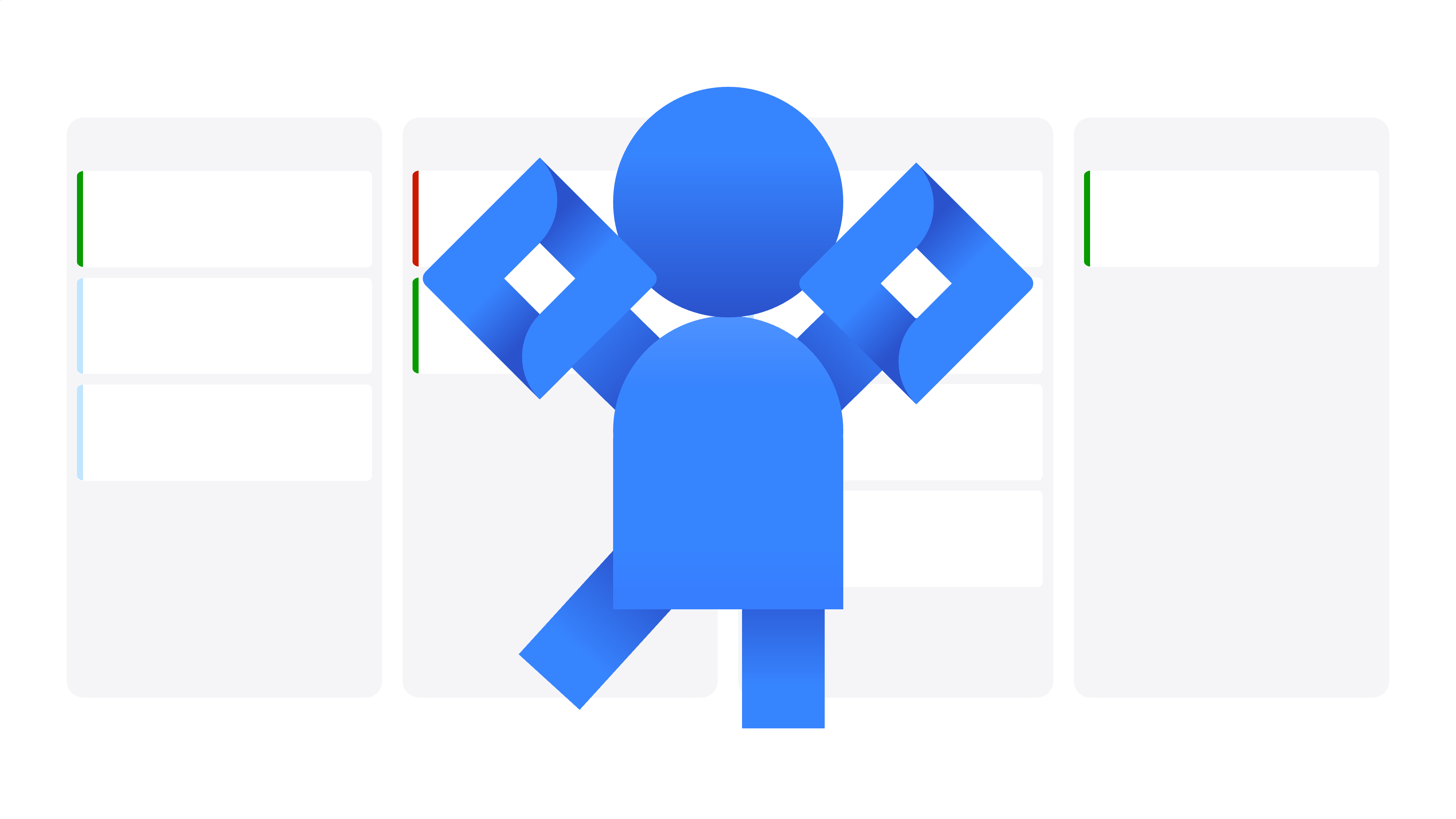
I built a completely useless Chrome extension that encourages people to complete their JIRA tickets (so I don’t have to).
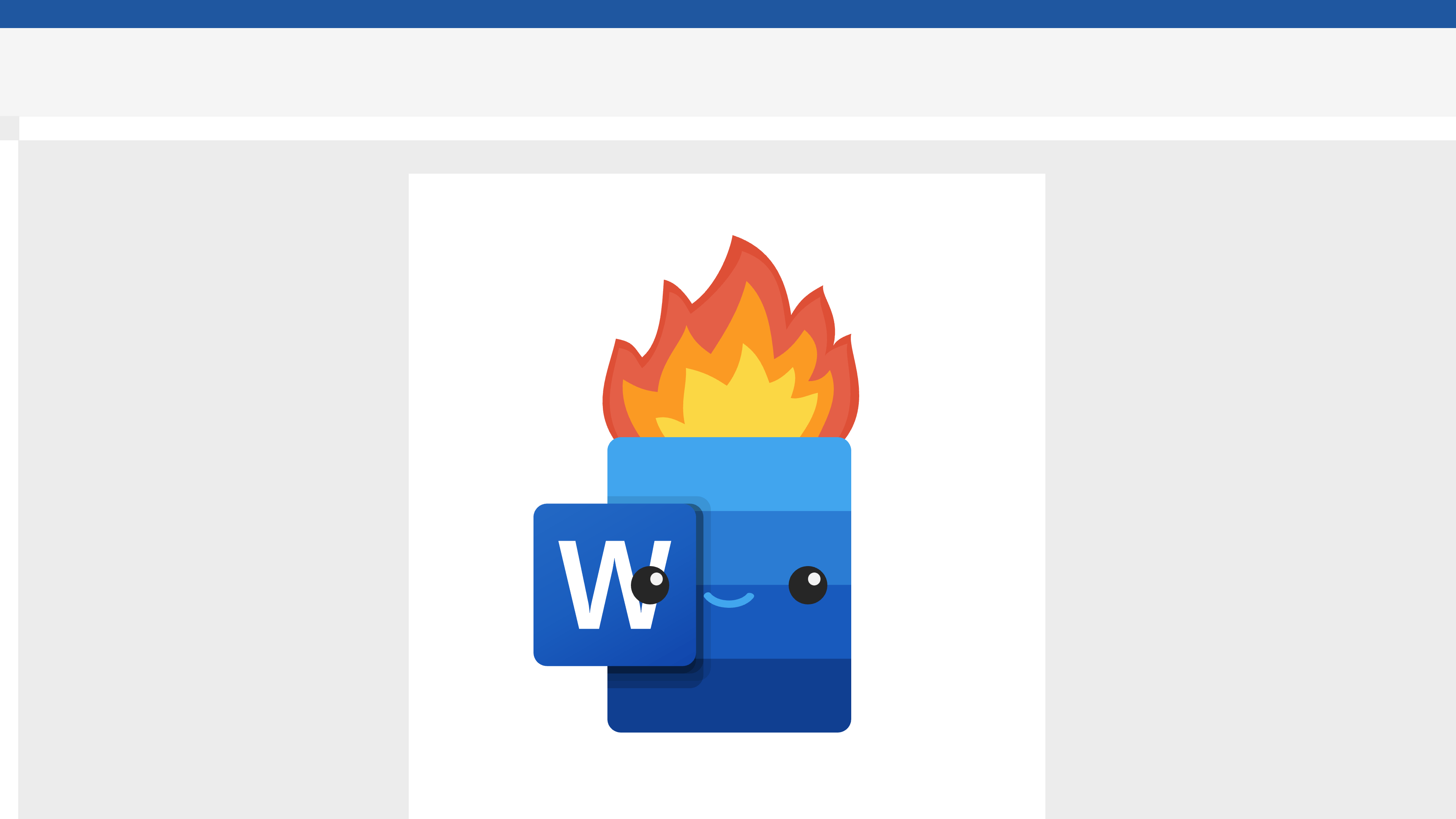
Microsoft Word may be the best word processor on the market, but I still hate it with the fiery passion of a thousand suns.

I don’t know what the future of software development will look like and what skills I will need, but at least I have concepts of a plan.
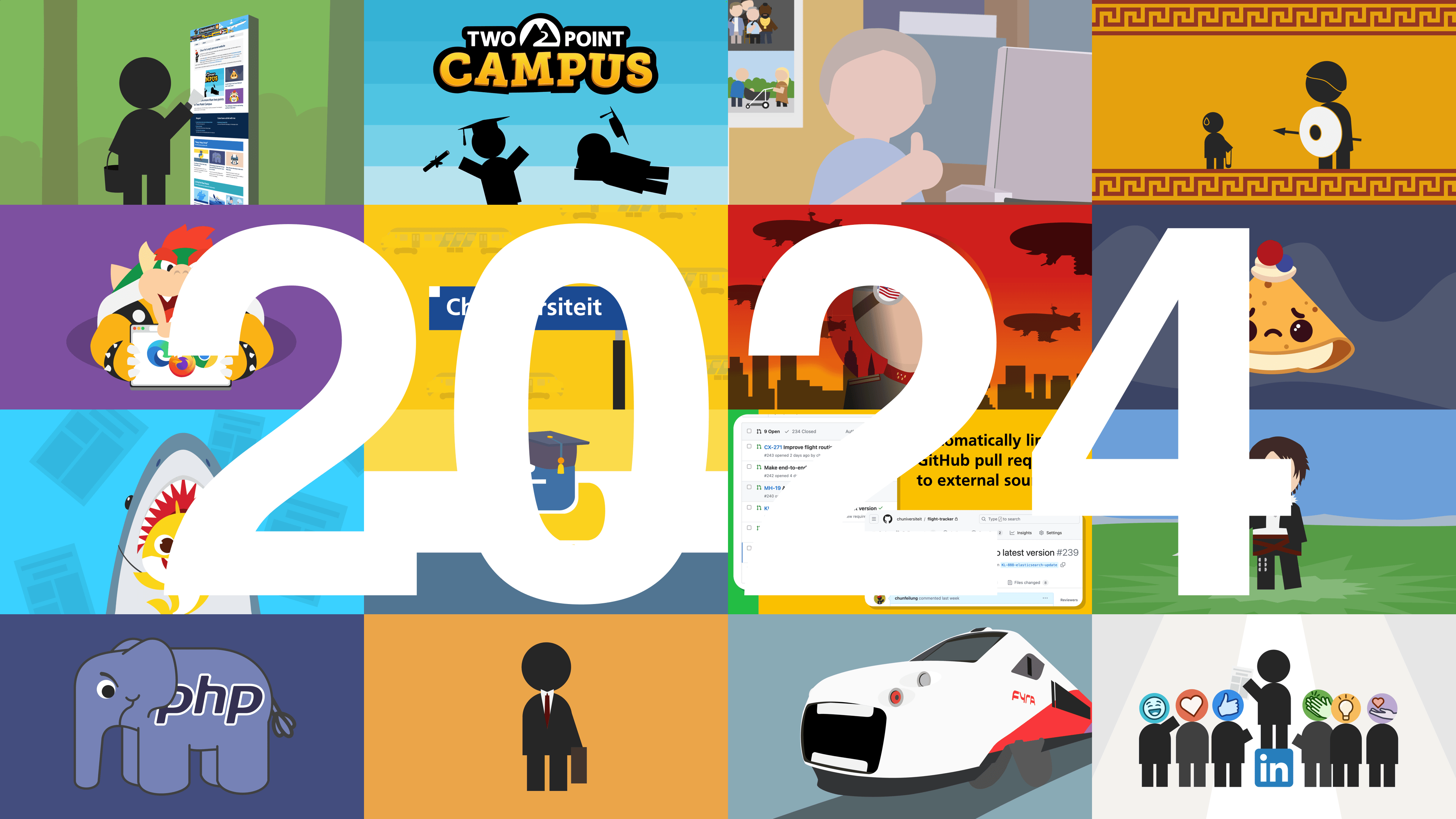
The 2024 retrospective has been either postponed or cancelled entirely, just like most of this year’s posts.
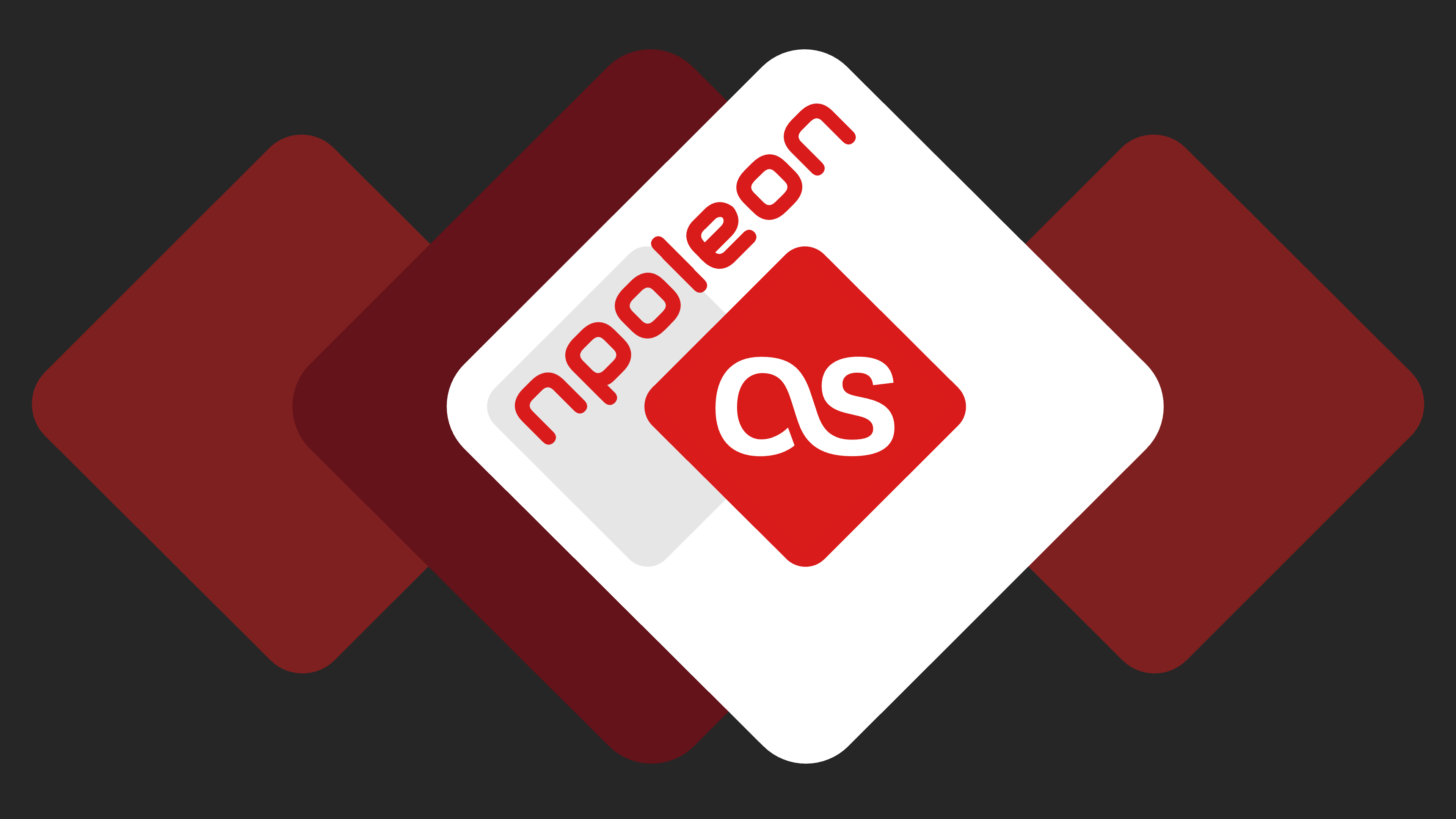
I built a tool for the handful of people who listen to NPO radio stations, use Last.fm and know how to use the command line.
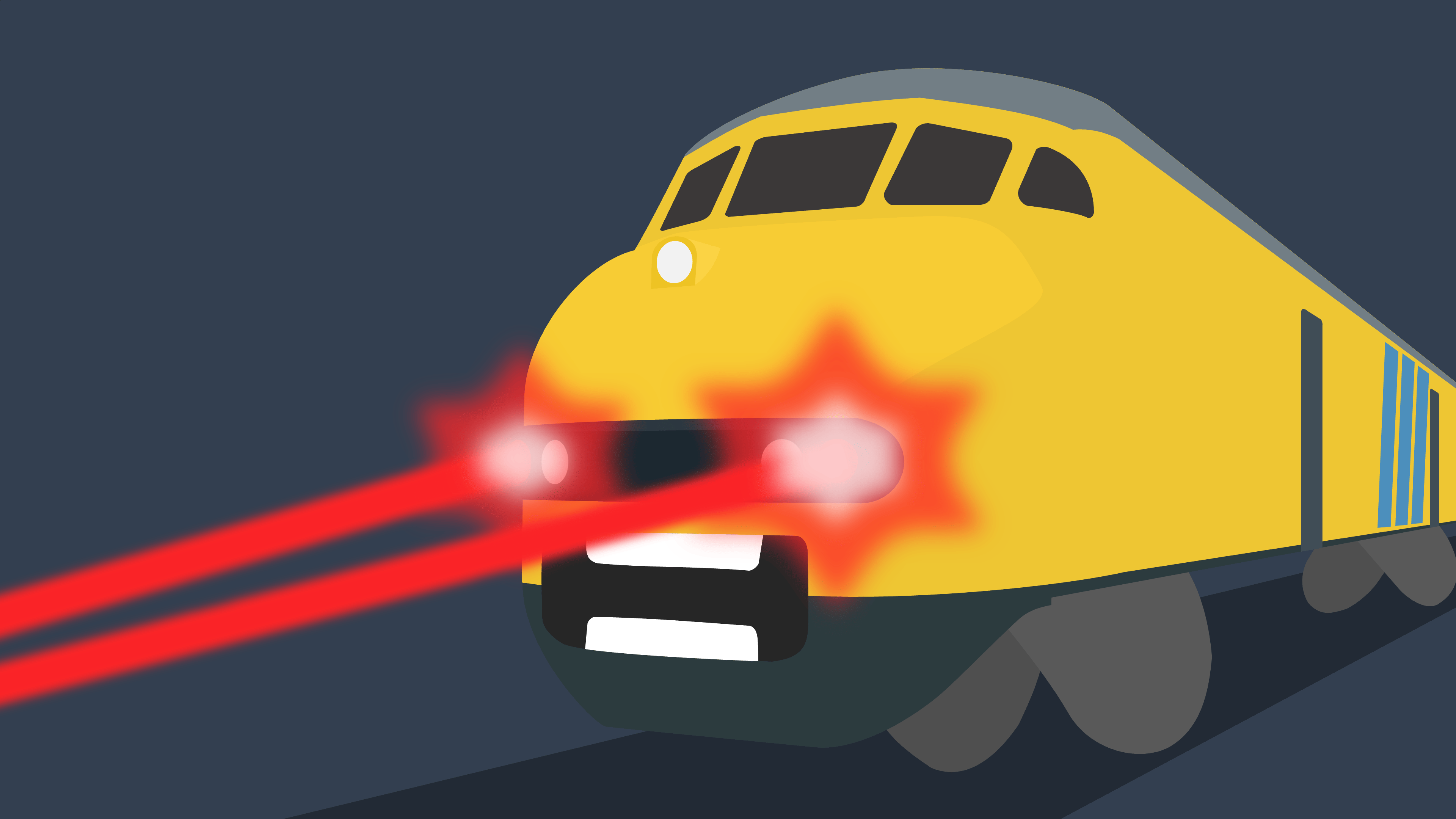
What’s better than a crappy train travel planner that runs on my machine? A crappy train travel planner that runs on YOUR machine!
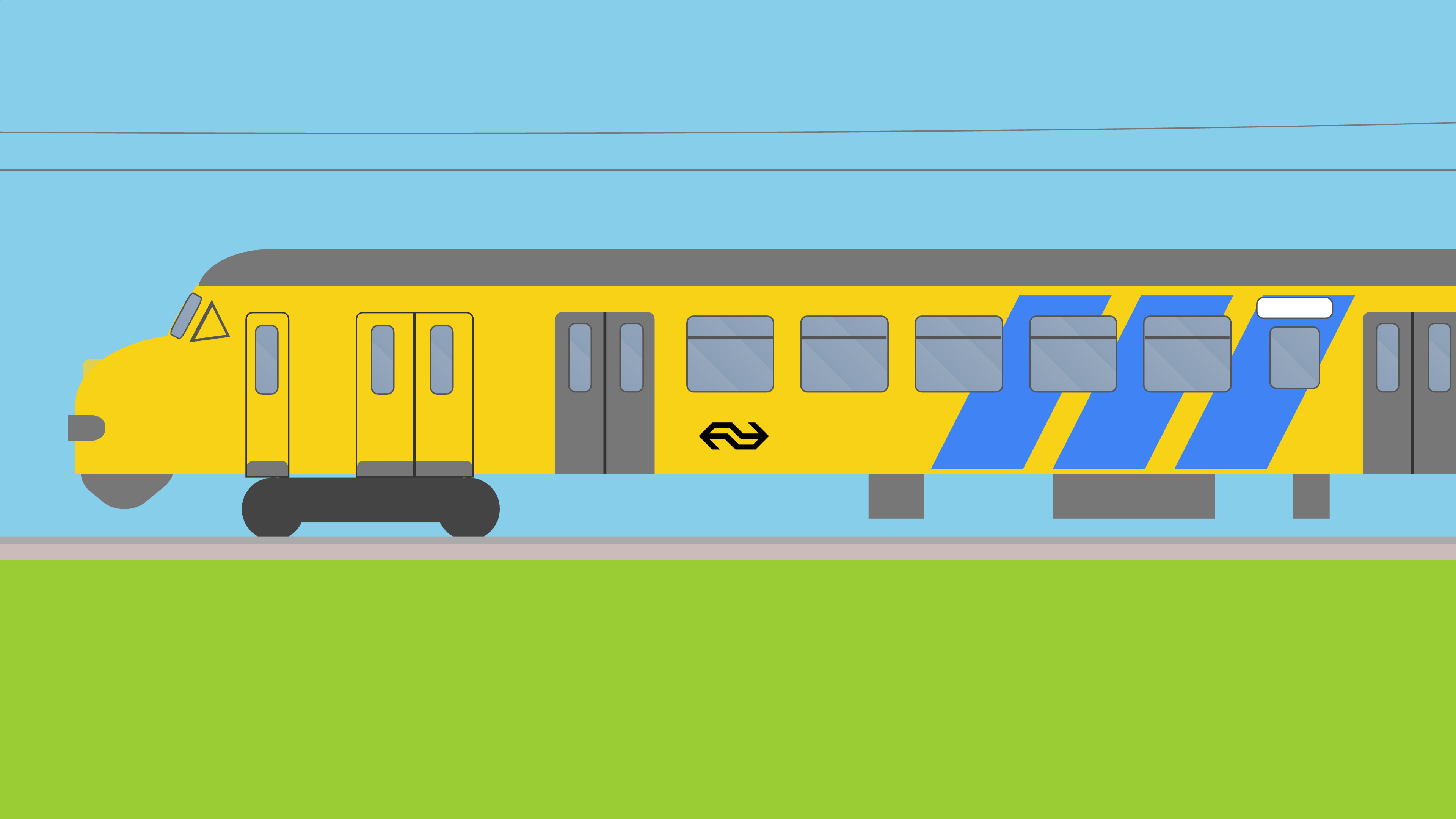
If all you have is CSS, everything looks like boxes and pseudo-elements.